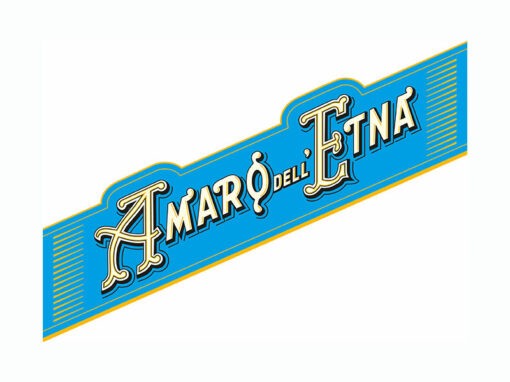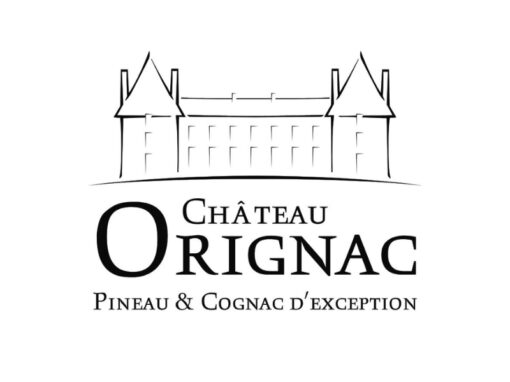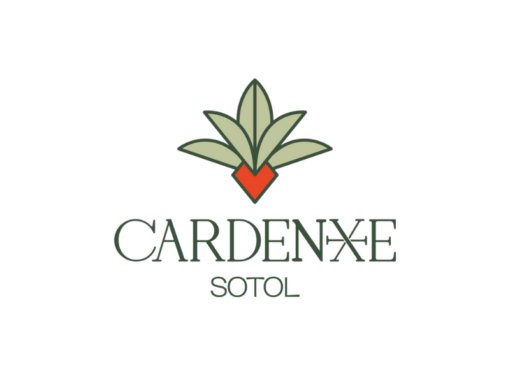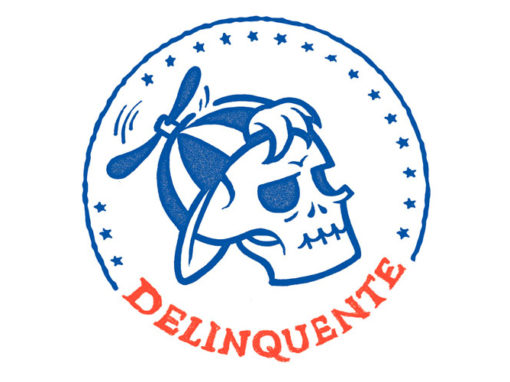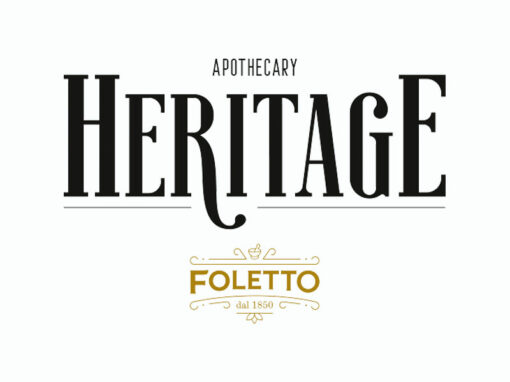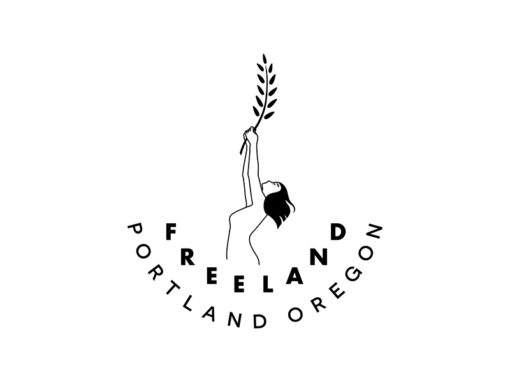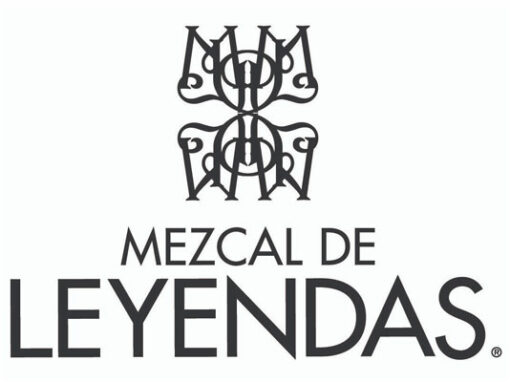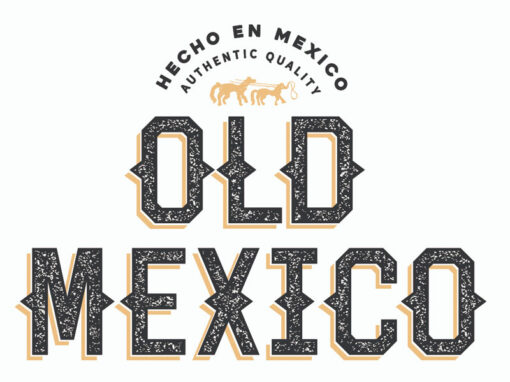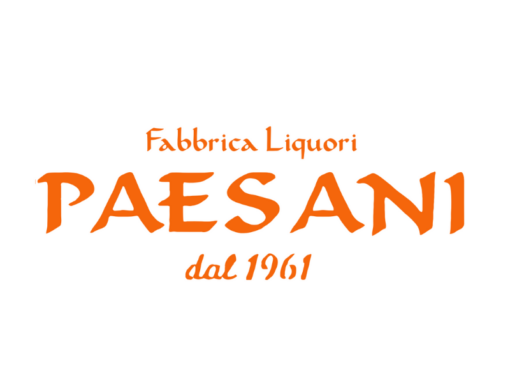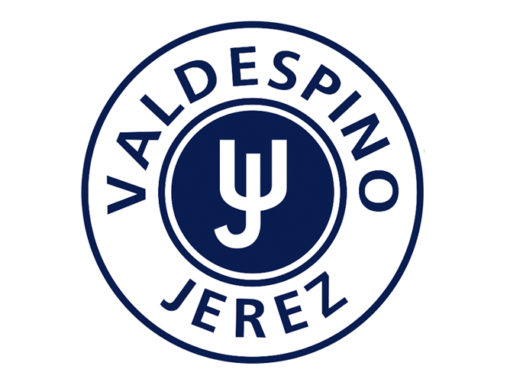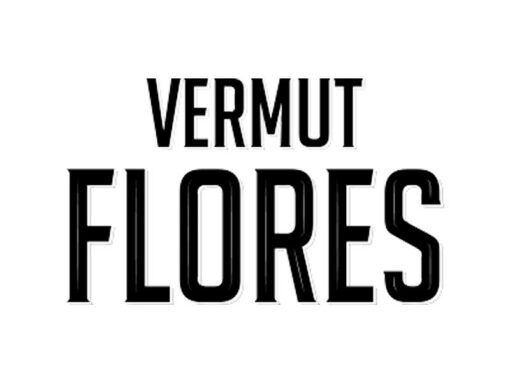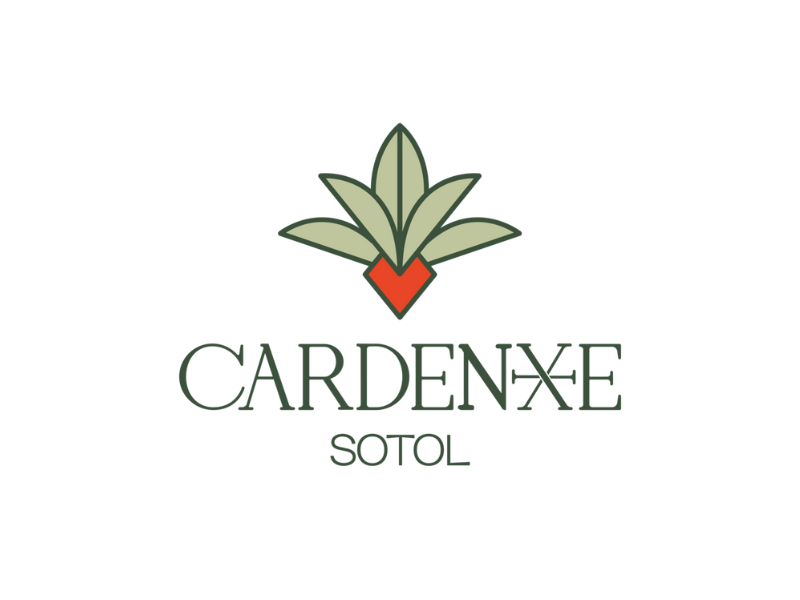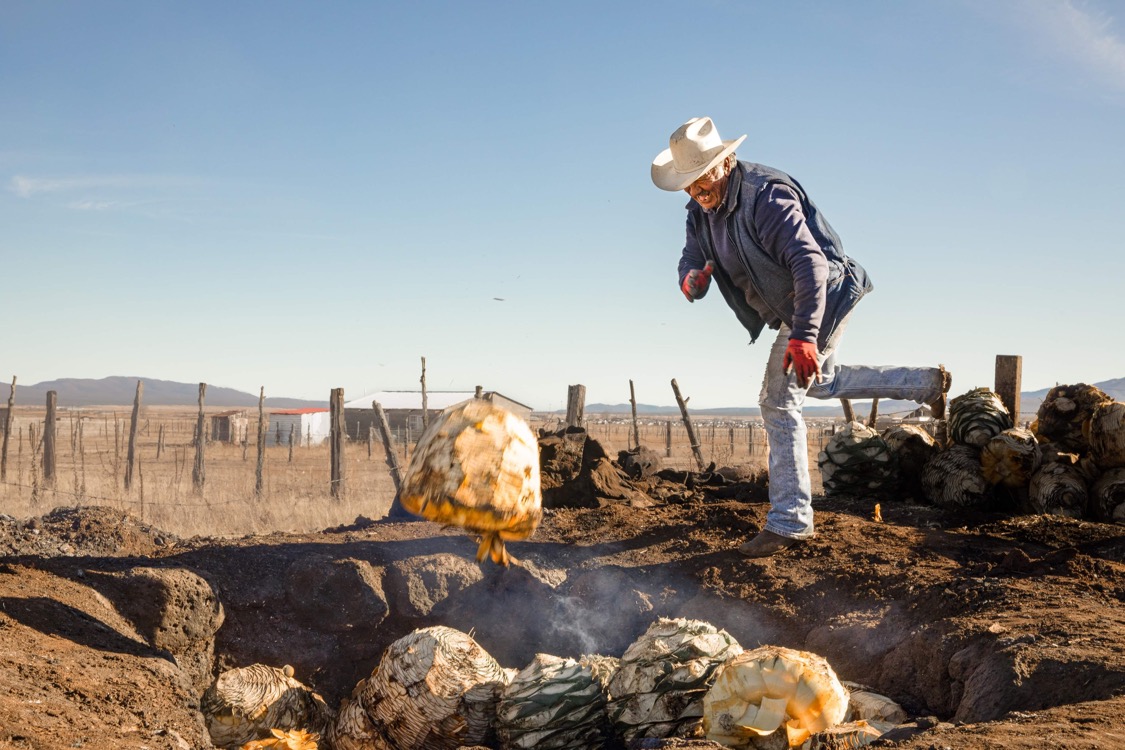
Cardenxe Sotol
Chihuaha, Mexico
Terroir-Driven small batch sotol
An intersection of art & music
Every label honors a different environment from which the plants grow
What is Sotol?
Sotol is Northern Mexico’s hidden gem, DO protected.
Produced in Mexico for hundreds of years, it became popular in the USA during prohibition, when Al Capone started smuggling it across the border. When his operation got caught, authorities started cracking down on Sotol distillers (some carried on their practice in secrecy until the mid-90s, when Sotol commerce was finally legalized.)
Sotol is now experiencing a renaissance as the new Mexican spirit!
Cardenxe DESIERTO
Sotol From the arid municipality of Ciudad Aldama – Characterized by a juxtaposition of sweet and mineral notes, the Sotol De Desierto is tamed by its light lingering vegetal aftertaste – a true celebration of the Sotol plant. We can feel the earth and wood on the tongue, while savoring notes of prickly pear and cocoa on the palate.
Cardenxe PRADERA
Sotol Nestled in the high prairie of Nombre De Dios – The Pradera’s terroir seeps into this spirit very distinctively, imparting notes of hay, leather and a lingering taste of burnt corn.
Cardenxe SIERRA Sotol
In the Sierra Madre Occidental of Chihuahua – Subtle floral notes of eucalyptus, moss & nuts fill the palate, transforming into a vigorous grassy aftertaste that evokes the high altitude forests where the sotol plants grow. A unique flavor that is quite hard to unravel… although the local producers would say “esto es puro Sotol!”
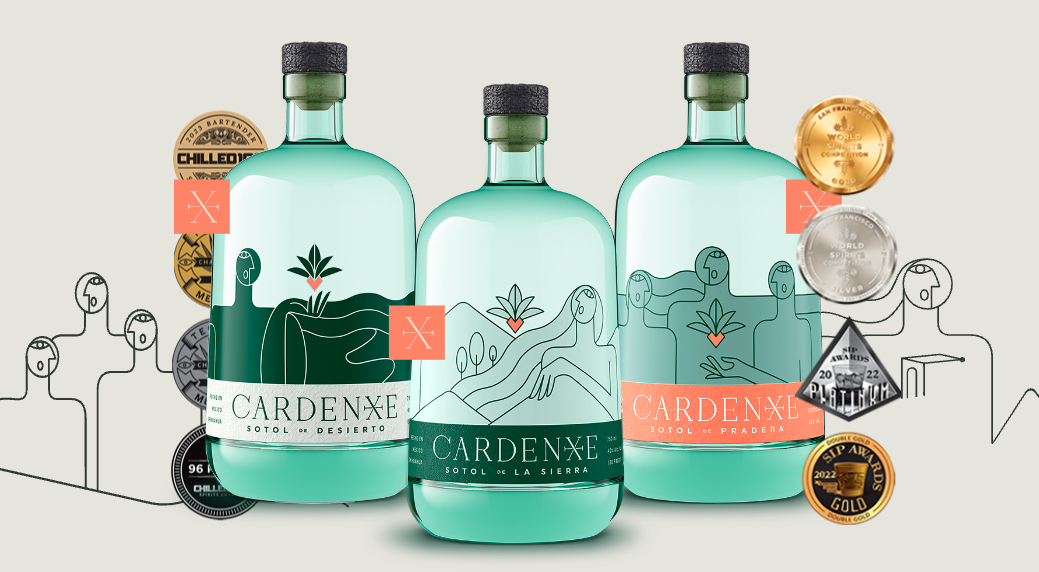
What is Sotol?
Sotol is Northern Mexico’s hidden gem, DO protected.
Produced in Mexico for hundreds of years, it became popular in the USA during prohibition, when Al Capone started smuggling it across the border. When his operation got caught, authorities started cracking down on Sotol distillers (some carried on their practice in secrecy until the mid-90s, when Sotol commerce was finally legalized.)
Sotol is now experiencing a renaissance as the new Mexican spirit!
Where does Sotol Come From?
Sotol thrives in harsh conditions, growing wild between 3,000-6,500 feet elevation, often enduring below-freezing temperatures in the winter and wildfires in the summer.
Three environments impart the distilled very different characteristics: Forest/Sierra, Desert and Prairie.
What is Sotol Made From?
A desert shrub belonging to the Asparagaceae family, that grows in the northern Mexican regions of Chihuahua, Durango and Coahuila.
It is not the agave which is used to distill Tequila and Mezcal, and besides the looks, Dasylirion is very different from its distant cactus cousin in its life cycle, the way its piñas collect sugars and translate into liquid – honoring the true taste of the plant with intriguing Vegetal & Floral notes.
How is Sotol Made?
HARVEST Between the 12th and 15th years of growth, it’s time to harvest. The Dasylirion is hand cut with a machete to extract the piña (the heart of the plant), which is then mounted on donkeys and transported to the distillery-bound trucks.
COOK The piñas are cooked in underground conical ovens of ancient desert and mountain rocks, and wood from the large surrounding nut tree fields.
CRUSH After the piñas are cooked for 24 hours, it’s time to crush them for extraction of the juices. Cardenxe sotol extraction takes place with an ax to ensure that all the juices and aromas of our selected Dasylirion varieties are passed on to the fermentation.
FERMENTATION Fermentation in Pine Wood Tubs “This is where the real alchemy occurs. This, is where we impart the aromas and flavors”, claims the Master Distiller. It is his firm belief that fermentation is the most important part of the process, which took years to master.
DISTILLATION Double distillation in Copper Alembic – When creating the Cardenxe formula, according to the founders’ dream, the distillation process is that which took the longest to develop.

More from our portfolio
